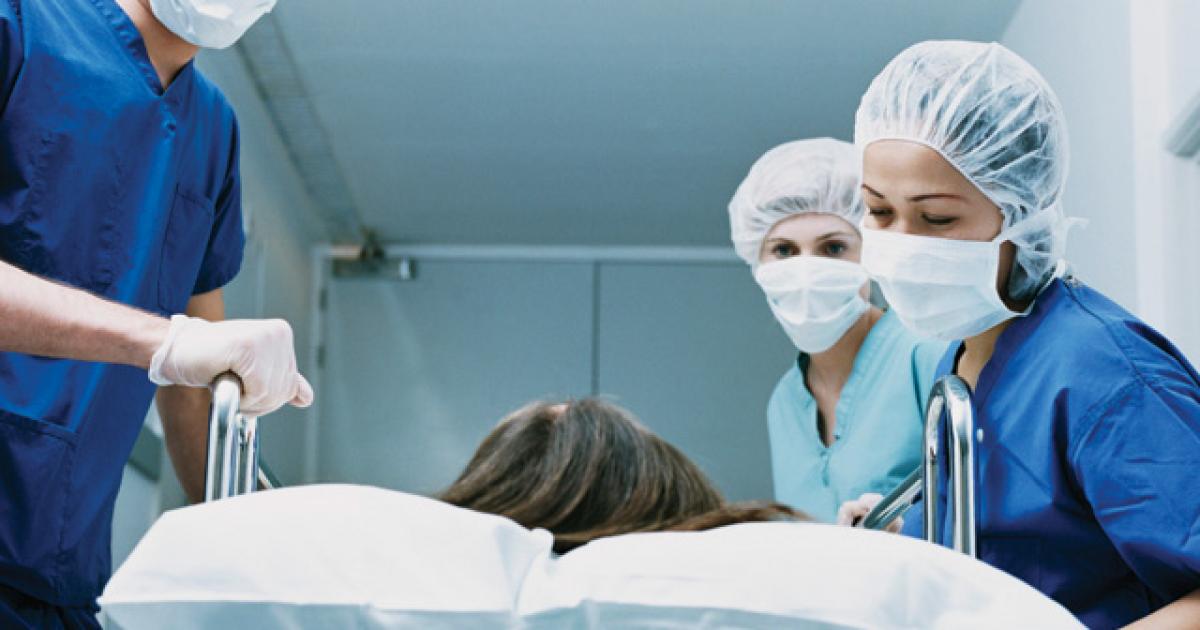Guide To Preventing And Treating A Pilonidal Cyst
A pilonidal cyst is a type of abnormal skin growth generally located at the top of the buttocks but may develop between fingers or other creases along the skin. A pilonidal cyst typically starts out looking like a small, reddened bump that does not go away. It is frequently caused by ingrown hairs or other irritation to the skin, and it can be quite unpleasant if untreated. The main danger with pilonidal cysts is they may get infected and turn into an abscess that eats away at surrounding skin. If this happens, the area can be painful, drain blood, ooze puss, or develop a foul smell.Get familiar with how to treating pilonidal cysts and prevent recurrences now.
The Cyst Draining Procedure

A cyst occurs when a sac-like membrane under the skin grows and begins to collect liquid. Because the liquid and the hair that caused the irritation in the first place is encapsulated inside a sac, it does not heal on its own like a pimple. Instead, treatment for a pilonidal cyst must involve emptying the sac of trapped liquid. In most cases, the preferred method for managing a pilonidal cyst is an incision and drainage treatment. The cyst draining procedure is fairly quick and easy. The doctor numbs the area around the cyst and cuts the cyst. After draining the liquid, the doctor will remove any ingrown hairs or follicles causing the cyst to form. The space is then packed with gauze to leave it open. Over the course of a few weeks, the cyst will continue to drain and heal on its own. Depending on the size, a small scar may be left behind.
Keep reading for more on treating a pilonidal cyst now.
Surgical Removal Of The Cyst

If simply draining the pilonidal cyst does not work, patients may need to consider seeking surgical removal instead. There are a few different methods for surgical cyst removal. A common one is marsupialization, which involves draining the pilonidal cyst and then sewing the edges of the cut to create a small drainage hole that remains open. This can reduce the recurrence of pilonidal cysts and keeps patients from needing to switch out gauze packing each day until it heals. In cases where the pilonidal cyst has turned into an abscess, patients may require a more intense surgery to cut away any infected or damaged skin around the cyst. This removes all dead tissue and leaves behind healthy skin to heal properly.
Patients with recurring cysts may need pilonidal cystectomy surgery, which involves anesthesia that puts the patient to sleep before the doctor removes all the tissue and hair follicles surrounding the cyst. It leaves a bigger scar in the area, but it does greatly reduce the chances of the pilonidal cyst coming back.
Read about the next option for treating pilonidal cysts now.
